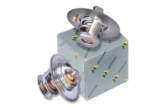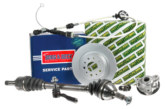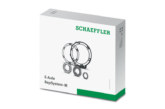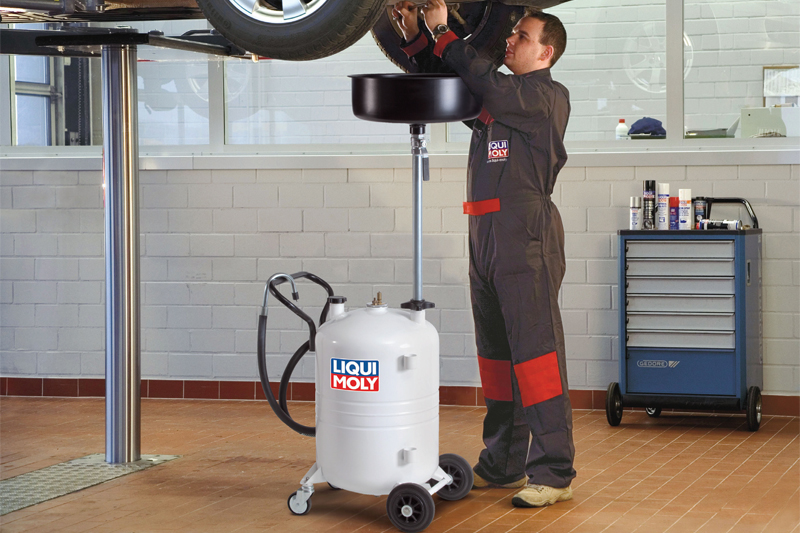
LIQUI MOLY‘s Export Area Manager, Tim Keller, explains why the company has launched its lowest viscosity oil yet.
A low viscosity oil is one of the many tricks that car manufacturers use to reduce emissions; the lower the oil viscosity, the less power the engine has to use to pump oil. This lowers fuel consumption and emission levels accordingly.
The actual oil used in the motor oil cannot manage the entire process itself because its viscosity is too low. The highly-developed additive packages which are mixed with the actual oil in the motor oil keep the engine lubricated.
A thicker viscosity – 10W-40 – used to be the most widely spread viscosity, but today it is 5W-30, moving increasingly more towards 0W-20, especially with 0W-16 having now been launched. This, however, is changing slowly, explained Liqui Moly’s Export Area Manager, Tim Keller: “0W-16 oils are still very much a niche product but, technologically, they are very interesting. This is why we are already producing it, even though the revenue earning potential is still low.”
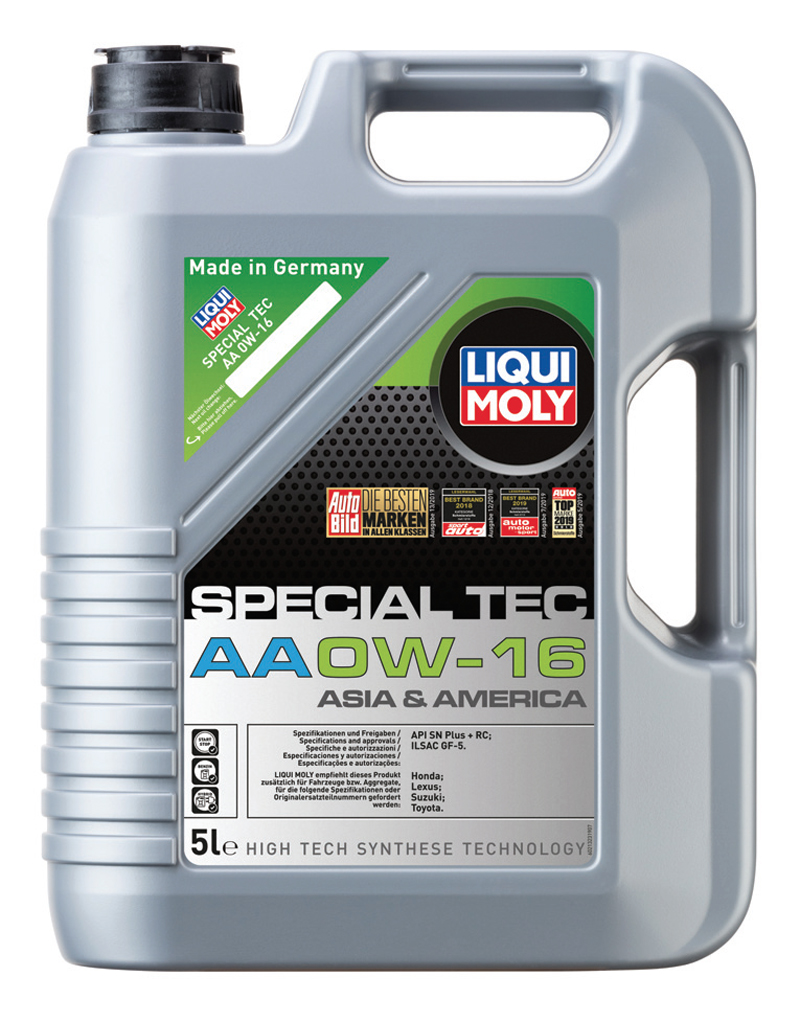
The current challenge for oil manufacturers is to develop an oil that has a low viscosity, while also ensuring the lubrication of the engine under extreme loads.
It was in response to this that Liqui Moly launched its lowest viscosity oil yet, the Special Tec AA 0W-16. Historically, it has mainly been Japanese vehicle manufacturers that stipulate a viscosity of 0W-16, and up until now, it has been very uncommon outside of Japan.
Special Tec AA 0W-16 meets the requirements for API SN Plus + RC and ILSAC GF-5, and is suitable for selected Honda, Lexus, Suzuki and Toyota models.

